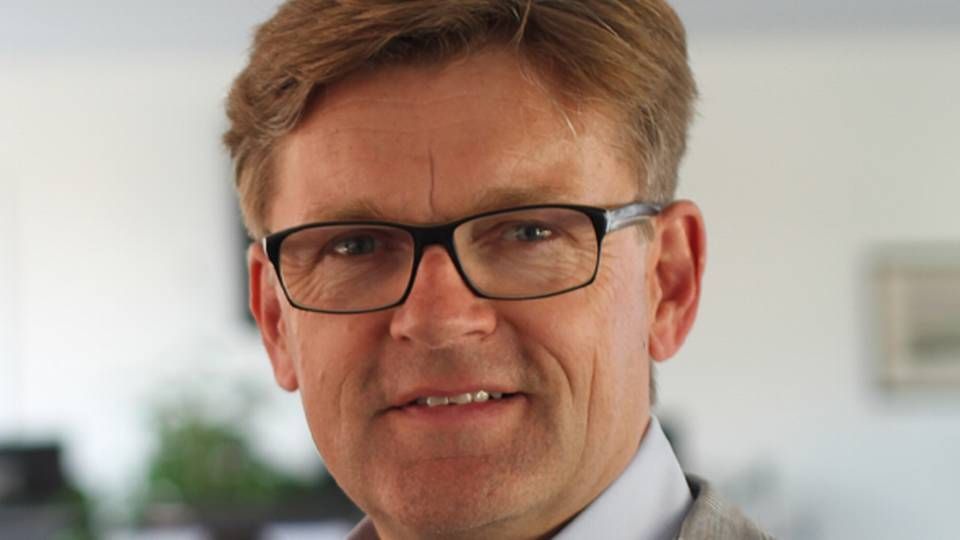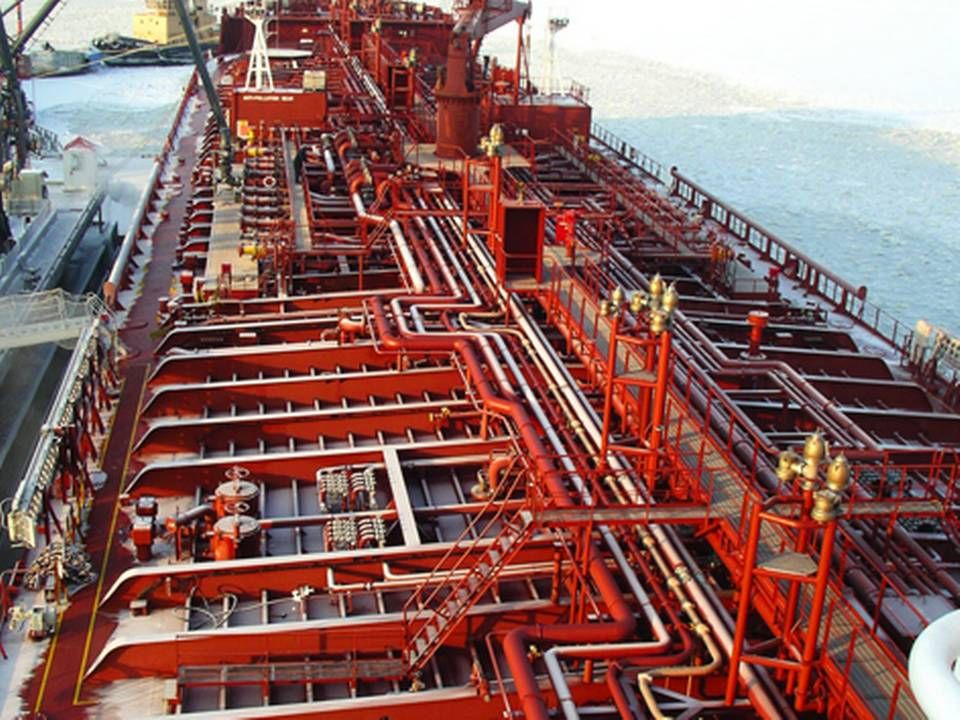Hafnia calls for consolidation in product tanker

Danish Hafnia Tankers, which operates one of the world's largest LR1 tanker pools through Straits Tankers - with a total 30 of the so-called Long Range One (LR1) vessels - is making a solid profit on the currently high rates for the major product tankers, while the market for Medium Range (MR) ships has been struggling in 2014.
The generally weak product tanker market in the first half of 2014 - broadly attributed to factors such as shorter travel distances and temporary refinery shutdowns - is further characterized by the fact that several new and not very knowledgeable companies in the product tanker segment are creating disruption in the market, says Anders Engholm, CEO of Hafnia Management, who would like to see a consolidation in the market.
A new ship every week
A high number of MR newbuildings are currently being delivered, probably at a rate of one new ship every week, following the massive ordering activity for eco-design vessels in recent years, especially from shipyards in South Korea and China.
McQuilling draws bleak scenario for MR product tanker
"With the many new players and ships in the market, a consolidation is more necessary now than ever. It's a very close market, and if you don't do your homework properly in terms of the rates offered, you can get hit hard in market where a high number of ships are open for cargo," says Anders Engholm.
However, he does see several positive signs in the current market.
"We're headed toward USD 20,000 per day on our LR1 vessels, and this should have a positive effect on MR, which means we'll hopefully reach USD 15,000 - 16,000 by the end of this summer, when the various regions start stockpiling for the winter."
LR1 stealing from MR
According to US-based brokers and analysts McQuilling, one reason for the weak rate development is that typical MR cargoes today are increasingly transported on the bigger LR1 ships.
Meldgaard: LR ship upturn strengthens faith in tanker
D/S Norden, in its interim report, published Wednesday this week, attributed the difficulties of the MR market to the fact that several LR1 and LR2 owners decided to relocate the vessels from crude oil to markets for pure refined products such as gasoline and petroleum in 2013. This has more than doubled the fleet growth, says Norden.
Torm, which has MR as its core segment, published its 2nd quarter interim result on Thursday, in which the carrier stated that LR1 spot rates increased 21 percent in the quarter, while MR spot rates decreased 23 percent compared to the same period 2013.
Cannibalization
"There are around 30-40 ships too many in the market, and it's clear that the LR1 vessels are somewhat cannibalizing the MR vessels. But this is not a new problem, it's been going on since last year. The LR1 ships have done fairly well, while the bigger LR2's have been struggling, as they're less flexible and can't call in the same number of ports."
New ships help Ardmore land a small profit
"The oversupply of ships has also been biggest in LR2, just as there are around 60 newbuildings in the pipeline, which will again double the capacity. On the other hand, the amount of orders in the LR1 segment is fairly low," says Anders Engholm.
Hafnia Management opens office in Houston
Related articles
Hafnia Management opens office in Houston
For subscribers
Hafnia prepared to take over ships from the banks
For subscribers
Hafnia Tankers hires new CFO from Nordea
For subscribers




















